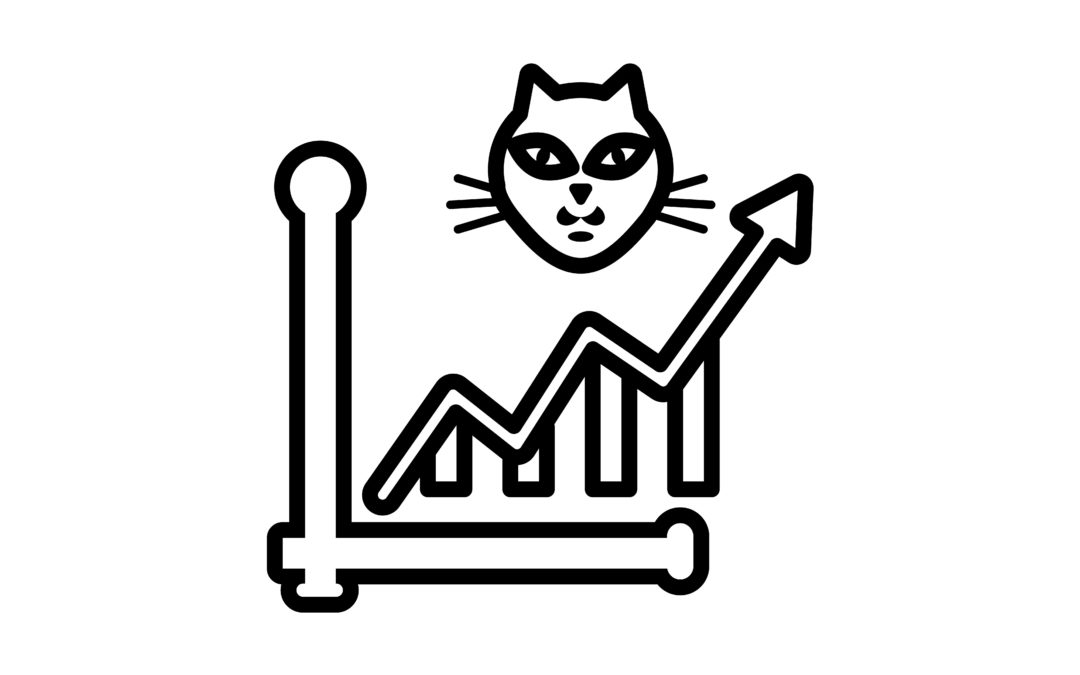The last week has been a brutal bloodletting on Wall Street, but Friday’s early jump doesn’t necessarily indicate anything more than a “dead cat bounce,” or “sucker rally.”
That doesn’t literally mean a dead cat is bouncing, of course.
What Is a Dead Cat Bounce?
The dead cat bounce, or sucker rally, is nothing more than a temporary rise in asset prices following a deep dive — which could be exactly what’s happening this morning.
The sucker rally is just long enough to attract unsuspecting buyers back into the market due to FOMO, or fear of missing out, as things suddenly begin rising again. They buy companies on what they perceive is a temporary dip, thinking they are going to make killer gains as those stocks suddenly begin shooting up.
Why This Is a Dead Cat Bounce
For one, all three major indexes have entered into bear market territory — dropping 20% below recent record highs.
The Dow Jones Industrial Average fell 10% alone on Thursday, putting it down more than 28% from its previous high set back in mid-February. The S&P 500 has dropped more than 26% from its mid-February high.
But on Friday markets were set to regain some of those losses as all three indexes bounced between 4% and 5%. Even that is a cautionary tale as those gains were a pare-back from early morning tops of 6% — seemingly starting a dead cat bounce.
The problem is there are no big fundamental changes in the market that would signal a turnaround from the disaster of the past couple of weeks.
“There is nothing in the fundamental outlook that would dictate a reversal of the bear trend,” Banyan Hill Publishing’s Ted Bauman, editor of The Bauman Letter, said. “Everything we know about the situation suggests that it’s going to get worse before it gets better.”
Now unwitting investors see a price bump as an end to the downtrend, hence a sucker rally.
Who Wins in a Sucker Rally?
The biggest winners in a sucker rally like this are traditional investors.
As the temporary jump tempts unknowing investors to buy, more seasoned traders can sell off their shares and minimize some losses.
“To put it another way, they’re transferring their losses to unwary investors,” Bauman said.
The biggest challenge for investors is that a dead cat bounce is usually only identified in hindsight. There’s no way to say with 100% certainty that a jump from bear market lows will fall back and constitute a sucker rally.
Even now, top analysts remain unsure as to the direction of the markets.
Allianz chief economic advisor Mohamed El Erian told CNBC’s “Squawk Box” that Friday’s jump has made the markets look “less scary.”
However, he said individual investors should remain cautious.
“We have to get used to the fact that we’re going into a global recession,” he said.





